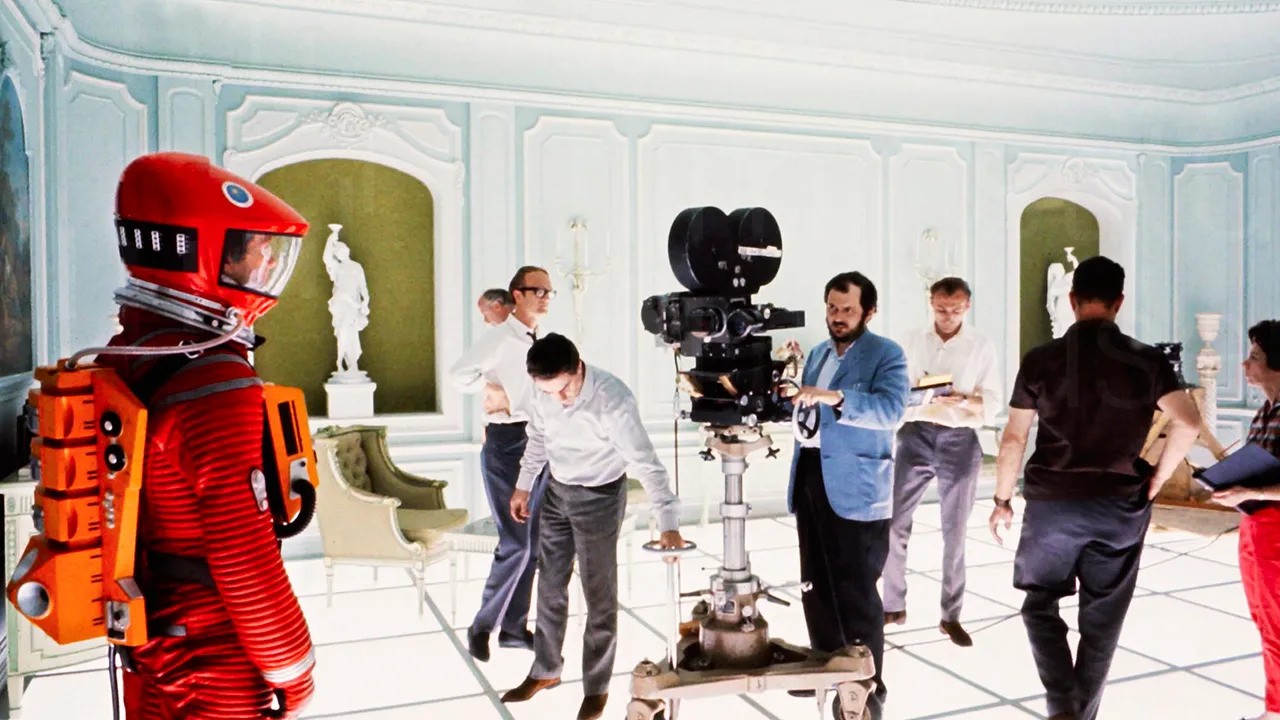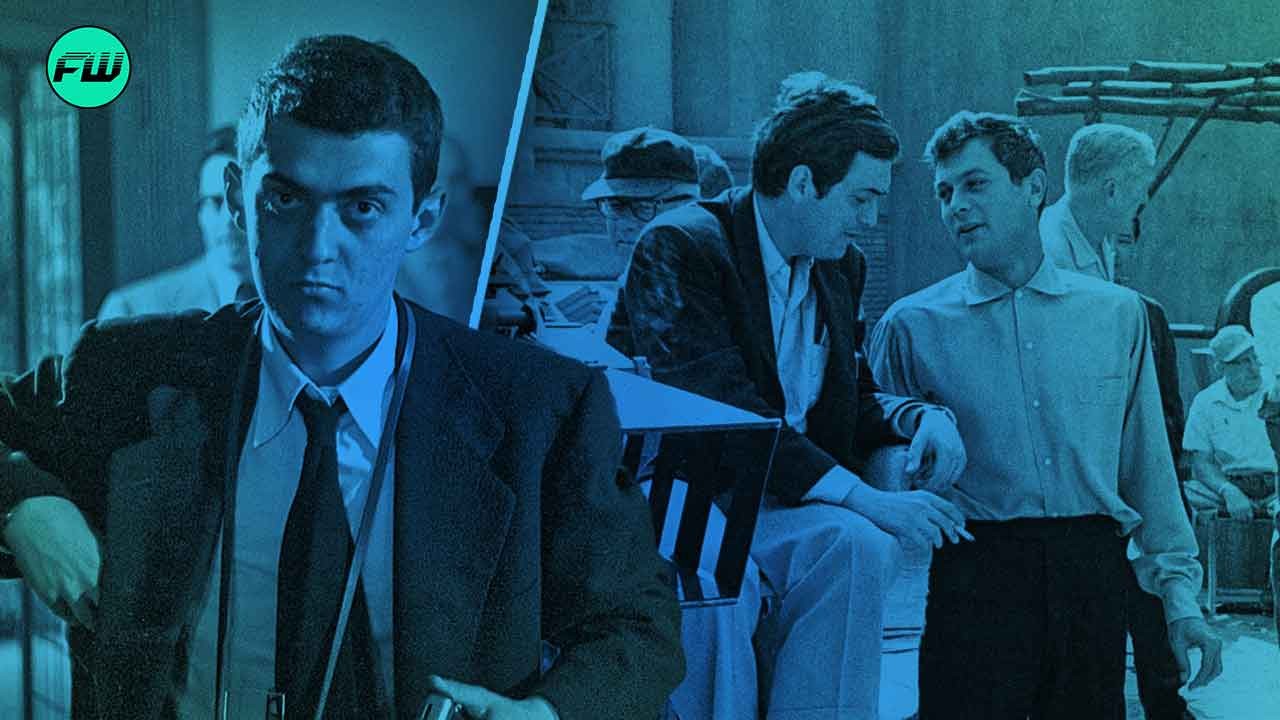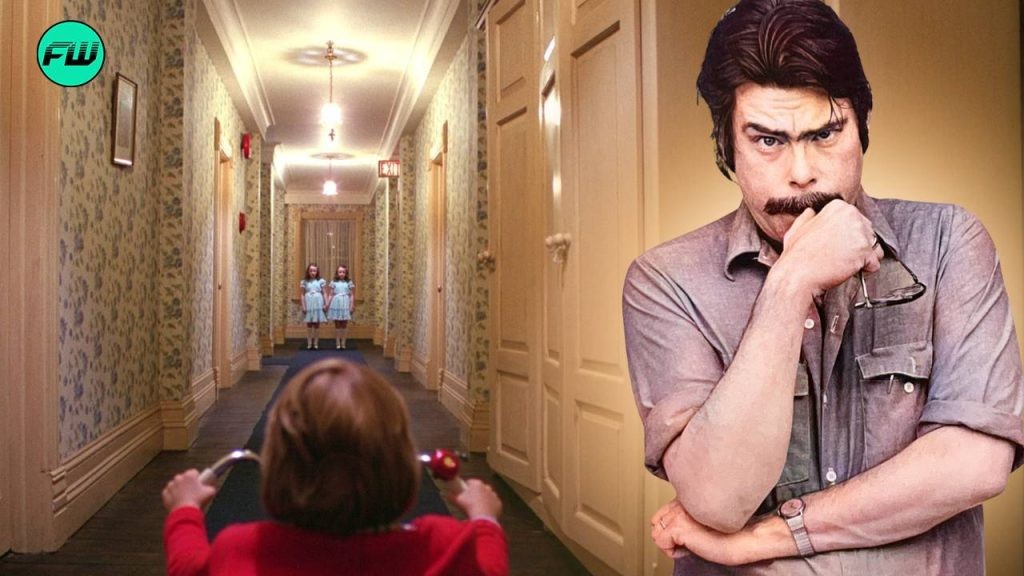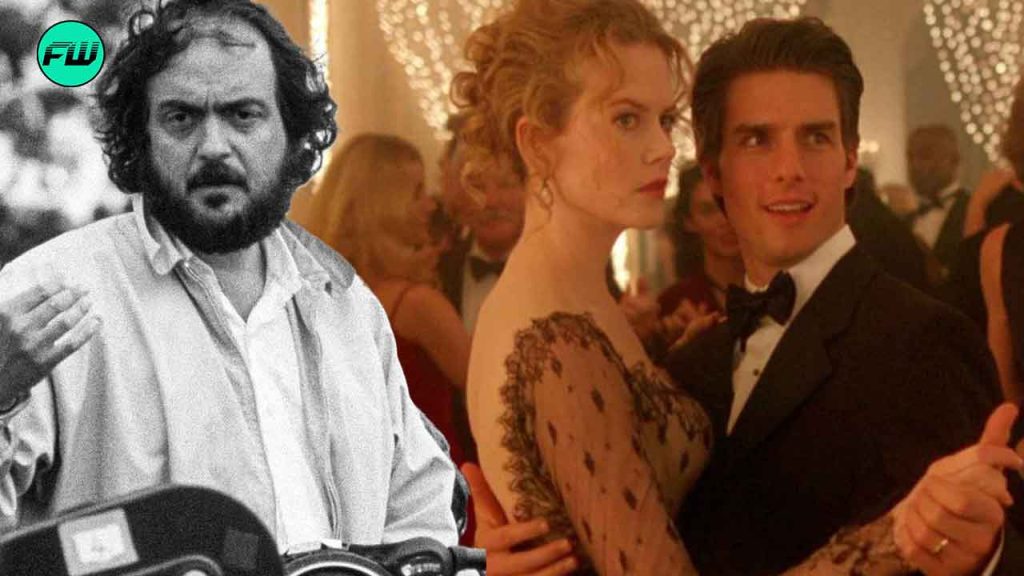Hollywood has been renowned for figures like Stanley Kubrick whose extreme, almost cruel, attitude invaded movie sets, affecting crews and actors to the point of torture. Unconfirmed stories about the infamous director’s alleged abuse have littered the society papers and historical records from his time and disgruntled stars have lived to tell the tale via op-eds and interviews through the decades.
![Stanley Kubrick [Photo: Phillip A. Harrington, Sadler's Wells Theatre in London, 1949]](https://fwmedia.fandomwire.com/wp-content/uploads/2024/06/22143711/Stanley-Kubrick-Photo-Phillip-A.-Harrington-Sadlers-Wells-Theatre-in-London-1949.jpeg)
While the psychological after-effects of such incidents would go on to shape the lives of the director and his actors, one thing was for sure: Stanley Kubrick was no perfectionist but he was certifiably a genius with a method behind his madness.
Without Stanley Kubrick, Hollywood Has Not Been the Same
The legendary Hollywood director behind such masterpieces as 2001: A Space Odyssey, A Clockwork Orange, Full Metal Jacket, The Shining, and Eyes Wide Shut was infamous for his one relentless aspect of filming that has outlived his reputation as a filmmaker more than the films themselves.

You cannot act without knowing dialogue. If actors have to think about the words, they can’t work on the emotion. So you end up doing 30 takes of something and still you can see the concentration in their eyes; they don’t know their lines. So you just shoot it and shoot it and hope you can get something out of it in pieces.
The old Hollywood that was raised under an unnerving era of stringent regulations like McCarthyism and the Hays Code was completely gone by the time Stanley Kubrick came into the picture. The modern studio system, while clearly respecting the individual rights and limits of an actor, would also condone the actions of a director if they had exposed their film’s star to 127 reshoots of a physically, emotionally, and mentally draining scene like Kubrick did with Shelley Duvall in The Shining.
Some might label that as being a perfectionist, but for Kubrick, cinematic perfection was not a commendable quality or even a quantifiable aspect of filming. Rather, it was simply the medium through which his stories could live on forever as cultural landmarks in the epoch of Hollywood.
New Gen Hollywood Stars Wouldn’t Survive Stanley Kubrick…
…Or perhaps, more appropriately, Stanley Kubrick wouldn’t have survived the modern generation of Hollywood stars. With the ubiquitous and justifiably sanctimonious Cancel Culture saturating the air, icons like John Wayne, James Stewart, and Kubrick would have long disappeared from all public platforms due to the former acting duo’s allegedly racist ideologies and the latter’s on-set behavior.
![Eyes Wide Shut (1999) [Credit: Warner Bros. Pictures]](https://fwmedia.fandomwire.com/wp-content/uploads/2024/06/22143652/Eyes-Wide-Shut-1999-1.jpg)
Conversely, in a time and space that allowed figures like Stanley Kubrick and his eccentric genius to flourish, new-generation Hollywood stars would find it difficult to adapt, let alone accept, the brutal method of filming that generated countless classics from the ’50s right until his last masterpiece, Eyes Wide Shut (1999), starring Tom Cruise and Nicole Kidman.
This new Hollywood, especially one that recently witnessed a SAG-AFTRA strike shutting down all productions across the board, respects the wishes, needs, and demands of actors on movie sets more than the ambitions of the director and the studio system. As a result, the new generation has witnessed ongoing conversations around pay disparity, the addition of intimacy coordinators, and more representation and inclusivity in films.
The Shining is available to buy/rent on Prime Video and Apple TV.




